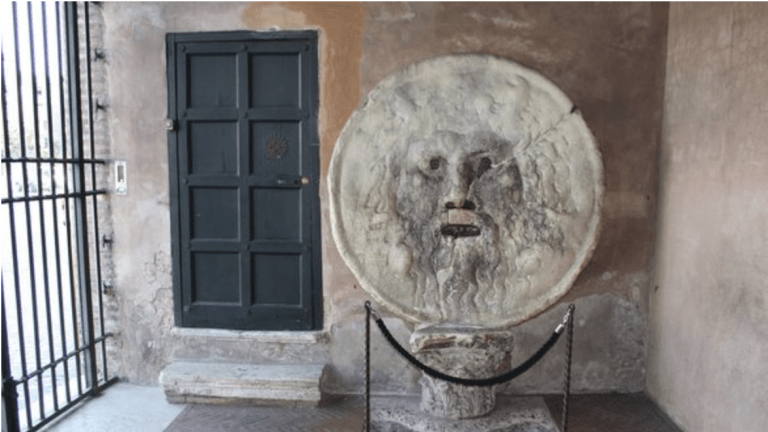Lifestyle
The Tennis Traveler: Top 5 things to do in Rome
By May 02, 2024Lifestyle
Victoria Mboko: 'Legacy in motion' captured in Rolling Stone Africa cover story
By Sep 22, 2025Lifestyle
Laver Cup transforms public tennis courts in San Francisco
By Sep 17, 2025Lifestyle
Luka Doncic buys Maria Sharapova's $25 million mansion
By Sep 14, 2025Lifestyle
PHOTOS: The Boss, the President and the stars at Carlos Alcaraz and Jannik Sinner’s US Open final
By Sep 07, 2025Lifestyle
PHOTOS: All the celebrities at Aryna Sabalenka’s US Open final victory
By Sep 06, 2025Lifestyle
Tennis stars Alcaraz, Federer and Nadal love golf — and golfers say they have game
By Aug 27, 2025Lifestyle
At the US Open, tennis stars shine under dark sky-friendly outdoor lights
By Aug 21, 2025Lifestyle
Aryna Sabalenka takes New York: Practice with Djokovic, cocktails with Dobel
By Aug 21, 2025Lifestyle
A street in Harlem is transforming into an open-air tennis club for a day ahead of the US Open
By Aug 15, 2025The Tennis Traveler: Top 5 things to do in Rome
Dome illusions, crispy fried artichoke, secret gardens, outdoor movie screenings, designer bargains and more.
Published May 02, 2024
Advertising

The original lie detector continues to be a superstitious face in Rome.
© Shadowgate on Flickr